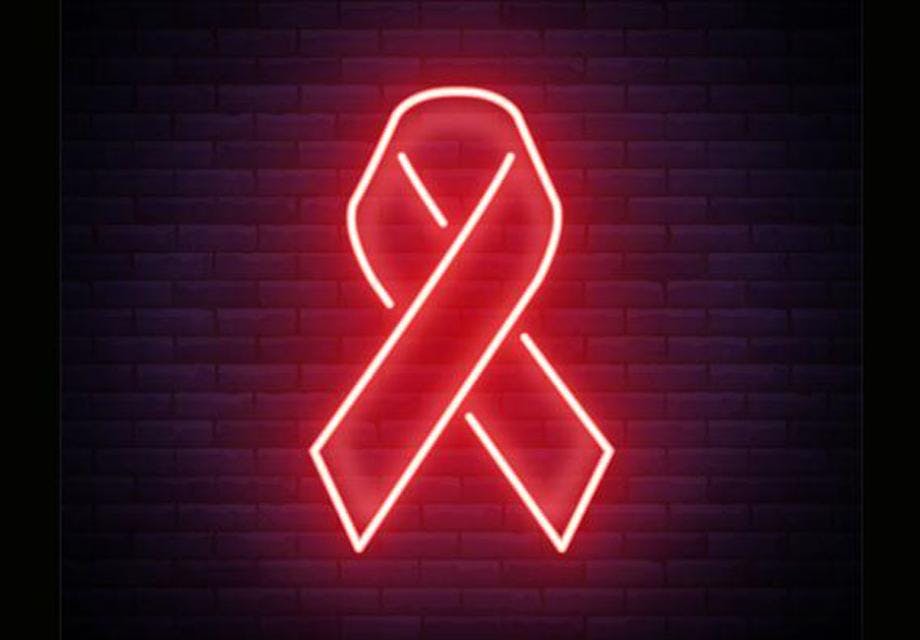World AIDS Day at 30: the 'AIDS' identity
Caitlin Mahon
30 November 2018
On the 30th anniversary of World AIDS Day, we look back at the transformation of the 'AIDS identity' from the 1980s to 2018, and where we go from now.
Every year on 1st December the international community unites to observe World AIDS Day – to remember those lost, to increase awareness of HIV, combat stigma and galvanise the response.
2018 marks 30 years of World AIDS Days. Launched by the World Health Organization (WHO) in 1988, it is the world’s first ever international health day and its legacy has been nothing short of monumental. Every year it reminds us that ‘AIDS’ is not over.
But today, 30 years on, it is a different epidemic that we have. In 1988, HIV and AIDS were practically synonymous. Those living with HIV would almost always go on to develop an illness that was considered AIDS defining, whether it be Kaposi’s sarcoma, pneumonia or cryptococcal meningitis.
Today the term ‘AIDS’ is becoming less relevant and visible – a testimony to the huge progress made in the HIV response – with antiretroviral treatment meaning people living with HIV who can access it can live into old age. Clinically, the term AIDS is no longer even used by the WHO and others, instead identifying different stages of HIV.
That's not to say AIDS is any less important today. Its meaning still holds immense value for people who were and are affected by it, and especially in the early years. AIDS has both a historic and symbolic identity.
The early epidemic years were plagued by the dual epidemic of AIDS and stigma – the latter rooted in homophobia, but also in fear because of AIDS’ association with death and wasting away. This was further fuelled by a lack of understanding of HIV and AIDS during this time. The negative connotations associated with AIDS were also, and continue to be today, a huge barrier to getting people to come forward to test for HIV.
The notoriety and stigma surrounding AIDS had begun some years before the founding of World AIDS Day. In 1981, the US Centre for Diseases Control (CDC) released its first HIV-related announcement describing the cases of a group of previously healthy patients in Los Angeles who had developed pneumocystis pneumonia (PCP) – what we now know as an AIDS-defining illness. Some refer to this announcement as the ‘beginning of AIDS’, as it marks the beginning of widespread medical awareness of the disease. Mainstream press followed soon after.
HIV’s presence as an epidemic was most visible in the West, but we now know that pre-epidemics and epidemics were silently occurring elsewhere, notably in the Congo, Burundi, Rwanda and Uganda.
In this period, AIDS had no specific name: Gay cancer, slim disease, GRIDS (gay-related immunodeficiency syndrome), and wasting disease were all used until ‘Acquired Immune Deficiency Syndrome’ (AIDS) was eventually defined in 1982 as a disease characterised by the onset of an opportunistic infection and compromised immune system, for which an underlying cause was unknown. We know now, of course, that untreated HIV causes AIDS.
By 1982, AIDS had become a global phenomenon. All continents had reported cases and the WHO convened its first meeting to assess the global AIDS situation. This meeting also marked the start of the global surveillance of AIDS.
By the inaugural World AIDS Day in 1988 – there was a glimmer of hope. AZT, also known as zidovudine, had been approved the previous year. Despite concerns of toxicity and its long-term effects on the people taking the drugs – it remained the only hope for people living with HIV at the time and soon became the most expensive drug on the market.
Activism and global collaboration since then are what has made the HIV epidemic truly unique. Gay men in developed countries first pushed for action from their governments and to find new treatments in the 1980s, followed by a second global movement of activism from the late 1990s and early 2000s when highly active combination antiretroviral therapy became available. Campaigners were now fighting to make treatment accessible for everyone.
Since then our arsenal of interventions has expanded to include treatment as prevention, pre-exposure prophylaxis (PrEP), and a renewed emphasis on knowledge as power that can drive behaviour change.
What is clear 30 years on from the first World AIDS Day is that, in 1988, 'AIDS' required a siloed and exceptional response; today HIV does not. The opportunities today to reach more people and provide greater impact come through the integration of HIV into primary healthcare settings and bringing it under the wider umbrella of universal healthcare.
While much still remains to be done if we are to leave no-one behind in the HIV response, we have come a long way since 1988, as the changing relationship between HIV and AIDS highlights.
View Avert’s global HIV timeline chronicling hundreds of events over the HIV and AIDS epidemic’s 40 years.
This story was developed by Avert and the World Health Organization (WHO) Department of HIV/AIDS and Global Hepatitis Programme.
Get our news and blogs by email
Keep up-to-date with all our latest news stories and blogs by signing up to the Be in the KNOW news digest.
